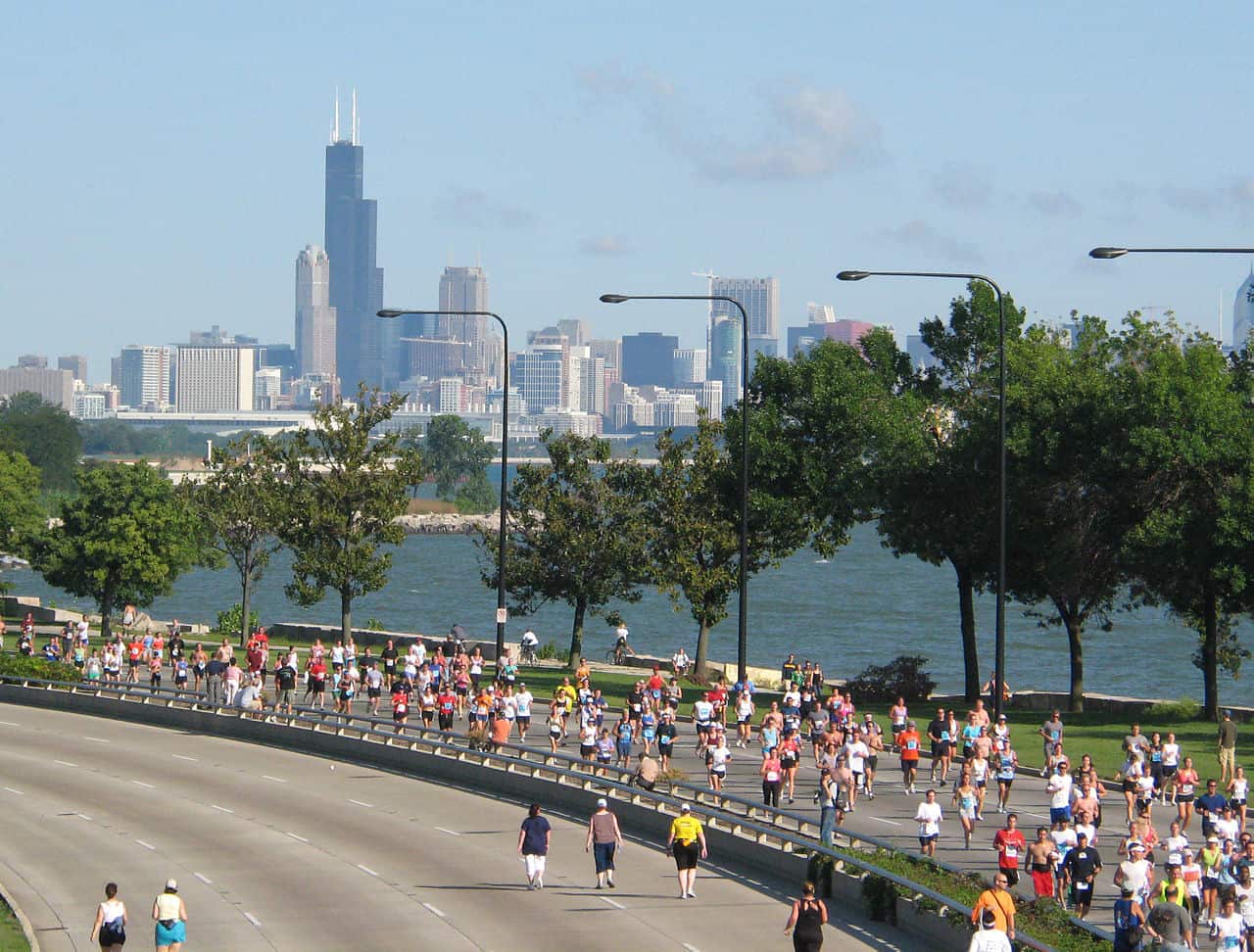
One would think that by my fourth Boston Marathon, I would ease up on feeling the “impostor syndrome.” And whereas I now know to not hydrate too much before boarding the buses to Hopkinton or wear the Celebration Jacket before finishing, I often still wonder exactly how I got here.
It didn’t happen on my first marathon or my first year of running. In fact, it took me more than 15 years of running and my fifth marathon to even consider training for a qualifying time.
I had worked my way from a 4-hour marathoner down to 3:43 over four years’ time, training diligently in the 12 to 16 weeks leading up to each marathon and keeping a steady base year-round.
Here’s what I attribute to getting to my fourth Boston:
1) Base, base, base
When I first started marathoning, I gave myself a short break after the race and then got back to running. Even if I didn’t have a race on the calendar, I consistently logged mileage.
As I jumped back into a training plan, the first few weeks never stressed me out because I was ready. I once joked to a running buddy that I always wanted to be in shape to run 13.1 miles comfortably. This slowly evolved into being in shape to run 26.2 “comfortably.”
2) Chip away
If you are more than 10 minutes away from your qualifying time, start by chipping away at your goal. Certainly plenty of people have been successful in larger chunks of time, but you are far more likely to BQ if you are within striking distance.
I needed to shave more than a minute per mile off my first marathon, but learned more and more about marathoning as I slowly eroded my time. When I was ready to BQ, I knew I only had to make small improvements.
3) My own accountability
In my running career, there have been less than a dozen times that I have set out for a run and gone less than what I had intended. Even on tough long runs where I’ve been frustrated, I make myself pull it together and finish the run. I have long had the thought that if I can make it through tough training runs, I can make it through a tough race.
4) Respect the distance
Beyond the 20 mile mark, a marathon is unyielding even to the most prepared racer. Runners must be mentally prepared to fight through the rough patches and physically prepared to have the tools to do so.
My first BQ came after an 18 week training plan in which I ran every assigned mile. On race day, it gave me the confidence and miles I needed to race smart.
5) Keep trying
As Desi Linden said this year after winning Boston, “you have to just keep showing up”. The course, the weather, your mind, and your body might all work against you in one race, but that doesn’t mean you shouldn’t give it another shot.
I’m not saying you have to run a marathon every weekend, but a few times a year can increase your chance if you recover smart.
6) You do you
Find a training plan that suits your lifestyle and is achievable. Don’t get caught up in someone else’s 4 a.m. 15 mile runs if it sounds miserable. I trained for my first BQ running 4 days a week with a weekly mileage of 35.
Over time, I have added more days and more miles, but I’m still putting in less than my peers during marathon training. I personally started with the F.I.R.S.T. program and later used the lowest mileage Pfitzinger plan.
7) But do the workouts
Marathoning does require more than just going for a run a few times a week. I attribute part of my success in doing lots of marathon-paced workouts, completing every long run of the training cycle, and mixing up my speed sessions.
I don’t do a lot of shorter races so I find that marathon-paced workouts are perfect for really getting my legs comfortable with that feeling.
8) Recognize life is messy
If you aren’t getting enough sleep, work is stressful, or your home life is chaotic, it can take a toll on your running. Major life changes happen to us all and sometimes we don’t recognize how it can physically affect us.
I started recognizing that better sleep and even naps were conducive to my performances and make every effort to prioritize rest.
9) Find the right course
Truthfully, in my own ignorant bliss, I thought that all marathons were as tough and hilly as my hometown Atlanta Marathon until some running friends clued me in.
When it came time for my first BQ attempt, I found a flat course at sea level and lucked out on a cool day. Weather is always a variable factor that cannot be controlled, but knowing I perform better on flat courses in cold weather makes me know when to go after a faster time.
10) Find the joy
It’s incredibly cliche, but I love running to run. I love competing, I love racing, but I also am happy to just go for a fun run. I enjoy it by myself and I enjoy sharing it with other people.
At the end of the day I know that I lucky to just be able to run so I try not to put too much emphasis on my finishing times. If it’s not my day, I know I’ll have more opportunities to try.
Carissa Liebowitz has run the Boston Marathon as well as dozens of marathons and half marathons. You can follow her running adventures on Strava, Instagram and her blog.





